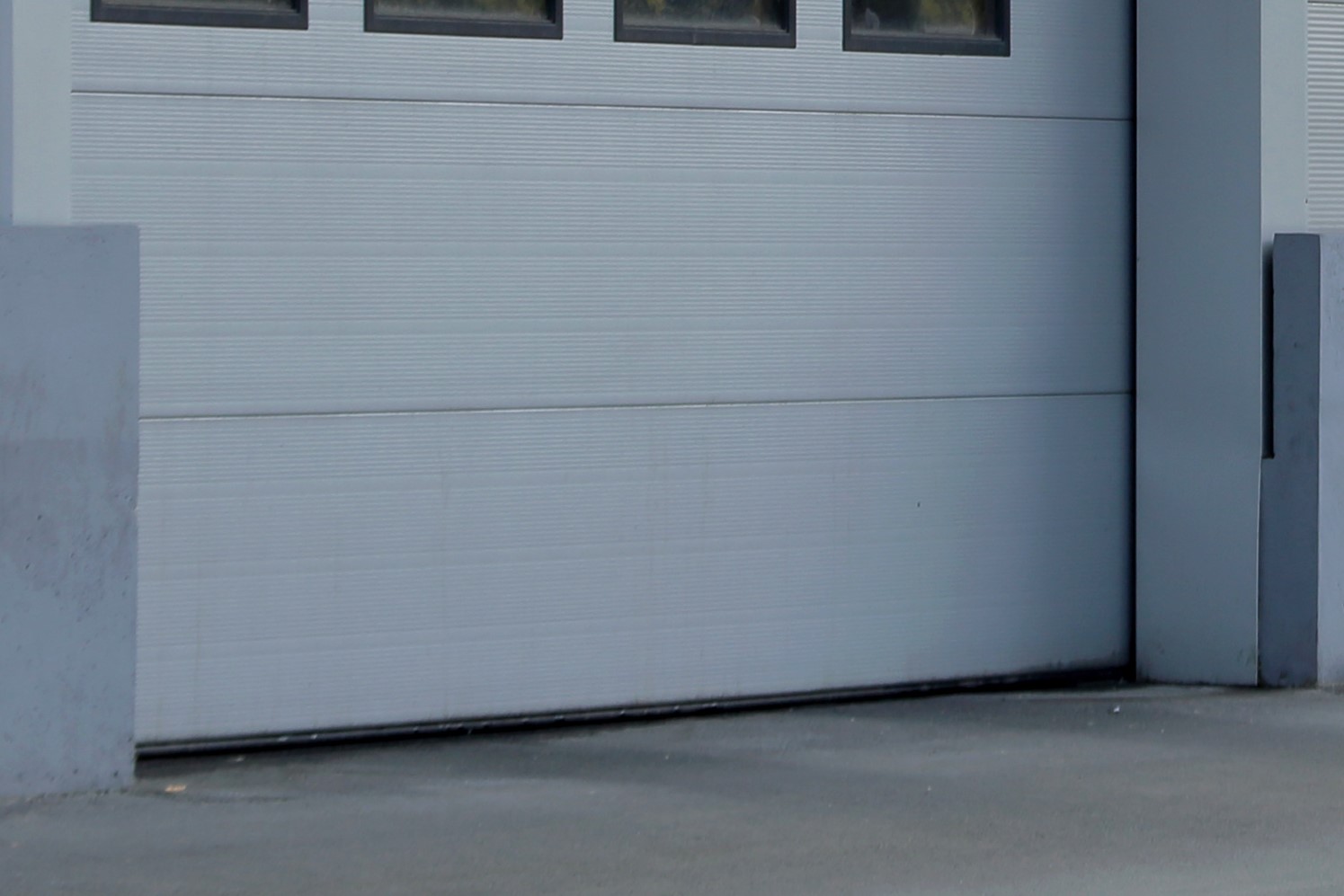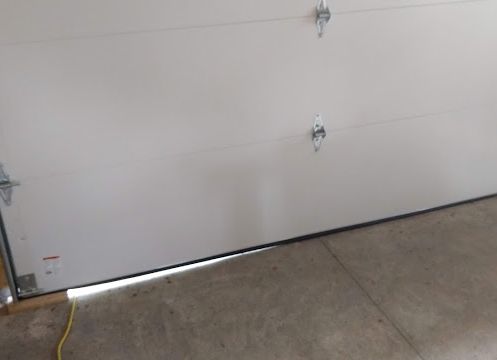If you’ve noticed a gap at the bottom or sides of your garage door, it’s time to address the issue.
Gaps can lead to drafts, water seepage, pests, and security risks. Fortunately, adjusting the gap is a simple task you can often handle yourself.
In this guide, we’ll show you how to adjust the gap and fix potential causes.
How to adjust a garage door gap?
To adjust a garage door gap, check the springs and tracks. Tighten or loosen the springs as needed, and adjust the tracks to ensure the door closes tightly without any gaps. If the issue persists or worsens, consider seeking emergency garage door repair in Crest Hill, IL to ensure safety and proper function.
Key Takeaways
- Garage door gaps can result from several issues such as misalignment, worn seals, or improper adjustments.
- Regular inspection and simple adjustments can prevent energy loss, water damage, and pest problems.
- If you’re unable to fix the gap yourself, it’s a good idea to call a professional to avoid causing further issues.
Why Is the Gap in Your Garage Door a Problem?

Before we dive into how to fix the gap, it’s important to understand why it’s a problem. A gap in your garage door can lead to several issues, including:
- Energy Loss: Gaps can allow warm or cool air to escape, causing your heating or cooling system to work harder, leading to higher energy bills.
- Water Damage: Rainwater or snow can enter through the gap, leading to potential flooding, water damage, and increased moisture inside the garage.
- Pests and Debris: Small gaps can serve as entry points for insects, rodents, and other pests. They can also allow dirt, leaves, and other debris into the garage.
- Security Concerns: A gap large enough to fit an object could provide an entry point for burglars, especially if the door isn’t fully closing and locking.
Common Causes of a Garage Door Gap
Understanding the potential causes of the gap in your garage door is crucial to addressing the issue correctly. Below are some of the most common reasons a gap might appear:
1. Worn Weather Seals
The most common reason for a gap is worn-out weather stripping or seals. These rubber or vinyl strips run along the bottom and sides of the door and help to keep the elements out.
Over time, they can wear down due to exposure to the sun, rain, or extreme temperatures.
2. Misalignment of the Door
If the garage door isn’t properly aligned with the frame, you may notice gaps at the sides or bottom of the door.
This misalignment can be caused by worn-out parts, broken springs, or issues with the tracks.
3. Broken or Worn Rollers
The garage door roller plays a key role in helping the door glide smoothly along its tracks, making opening and closing effortless.
If the rollers become worn or damaged, they can cause the door to sag or move unevenly, leading to a gap at the bottom or side.
4. Improper Door Installation
In some cases, the garage door may not have been installed properly in the first place. An incorrect installation can cause uneven gaps along the edges of the door.
How to Adjust the Garage Door Gap

Now that we’ve identified some common causes of garage door gaps, let’s look at how to fix them. Below are several methods you can try to adjust the gap in your garage door.
1. Adjust the Garage Door Tracks
Misaligned tracks can cause the door to sit unevenly, creating gaps. If the tracks are bent or misaligned, the rollers can’t move smoothly, and this can result in a gap.
How to Do It: Start by inspecting the tracks on both sides of the door. If they are misaligned, use a wrench to loosen the bolts holding them in place.
Gently tap the tracks with a rubber mallet to straighten them. Once the tracks are properly aligned, tighten the bolts to secure them in place.
2. Check and Replace Weather Seals
If the gap is at the bottom of the door, it’s likely that the weather seal has worn out. Replacing the weather seal is an easy and cost-effective way to fix this problem.
How to Do It: Remove the old weather seal by prying it off the bottom of the door. Measure the length of the door and purchase a replacement seal that matches the dimensions.
Most weather seals are designed to slide into a groove on the door, so simply slide the new seal into place. Make sure it’s seated properly and covers the entire width of the door.
3. Adjust the Tension of the Garage Door Springs
If the gap is uneven along the sides or bottom of the door, it could be due to uneven spring tension. If one spring is tighter than the other, it can cause the door to tilt, leading to gaps.
How to Do It: Adjusting the tension of the springs requires careful attention, as they are under a lot of pressure.
First, disconnect the door from the opener. Using a winding bar, adjust the tension by tightening or loosening the springs on each side until the door is level.
It’s recommended to call a professional if you’re not comfortable adjusting the springs yourself, as incorrect adjustments can cause injury.
Frequently Asked Questions
1. How can I tell if my garage door is misaligned?
You can tell if your garage door is misaligned by inspecting the tracks for visible gaps or unevenness. If the door doesn’t close properly or is crooked, it may be misaligned.
2. What’s the best way to maintain a garage door weather seal?
Inspect the weather seal regularly for cracks or signs of wear. Clean it occasionally with soap and water to remove dirt and debris, and replace it when necessary.
3. Can I fix a gap in my garage door myself?
Yes, many gaps can be fixed with simple DIY tasks, such as replacing the weather seal, adjusting the tracks, or lubricating the moving parts. If the issue persists, consider calling a professional.
Conclusion
Dealing with a gap in your garage door may seem like a minor issue, but it can lead to bigger problems over time, including higher energy bills, water damage, and security concerns.
By understanding the common causes of gaps and following the steps outlined in this guide, you can effectively adjust your garage door and keep it functioning smoothly.
Regular maintenance and timely repairs will help keep your garage door in good condition, ensuring it remains level and secure for years to come. For homeowners seeking affordable garage door repair in La Fox, addressing issues early can save money and prevent more serious damage down the road.

